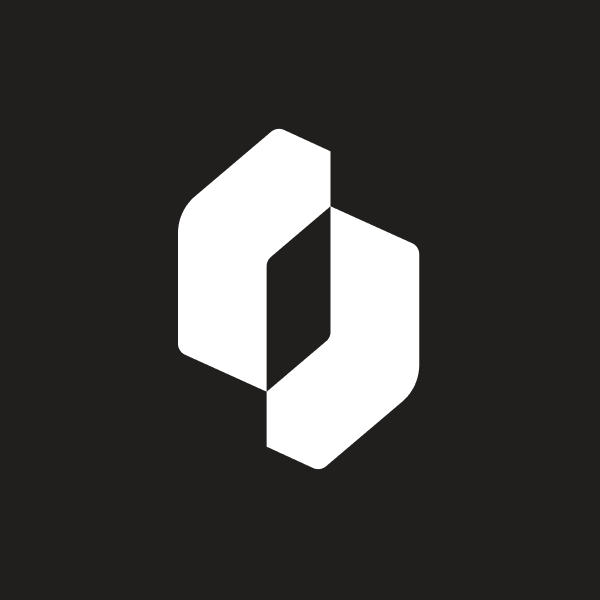
Oshkosh Corp
NYSE:OSK


| US |

|
Johnson & Johnson
NYSE:JNJ
|
Pharmaceuticals
|
| US |

|
Berkshire Hathaway Inc
NYSE:BRK.A
|
Financial Services
|
| US |

|
Bank of America Corp
NYSE:BAC
|
Banking
|
| US |

|
Mastercard Inc
NYSE:MA
|
Technology
|
| US |

|
UnitedHealth Group Inc
NYSE:UNH
|
Health Care
|
| US |

|
Exxon Mobil Corp
NYSE:XOM
|
Energy
|
| US |

|
Pfizer Inc
NYSE:PFE
|
Pharmaceuticals
|
| US |

|
Palantir Technologies Inc
NYSE:PLTR
|
Technology
|
| US |

|
Nike Inc
NYSE:NKE
|
Textiles, Apparel & Luxury Goods
|
| US |

|
Visa Inc
NYSE:V
|
Technology
|
| CN |

|
Alibaba Group Holding Ltd
NYSE:BABA
|
Retail
|
| US |

|
3M Co
NYSE:MMM
|
Industrial Conglomerates
|
| US |

|
JPMorgan Chase & Co
NYSE:JPM
|
Banking
|
| US |

|
Coca-Cola Co
NYSE:KO
|
Beverages
|
| US |

|
Walmart Inc
NYSE:WMT
|
Retail
|
| US |

|
Verizon Communications Inc
NYSE:VZ
|
Telecommunication
|
Utilize notes to systematically review your investment decisions. By reflecting on past outcomes, you can discern effective strategies and identify those that underperformed. This continuous feedback loop enables you to adapt and refine your approach, optimizing for future success.
Each note serves as a learning point, offering insights into your decision-making processes. Over time, you'll accumulate a personalized database of knowledge, enhancing your ability to make informed decisions quickly and effectively.
With a comprehensive record of your investment history at your fingertips, you can compare current opportunities against past experiences. This not only bolsters your confidence but also ensures that each decision is grounded in a well-documented rationale.
Do you really want to delete this note?
This action cannot be undone.

| 52 Week Range |
93.84
127.15
|
| Price Target |
|
We'll email you a reminder when the closing price reaches USD.
Choose the stock you wish to monitor with a price alert.

|
Johnson & Johnson
NYSE:JNJ
|
US |

|
Berkshire Hathaway Inc
NYSE:BRK.A
|
US |

|
Bank of America Corp
NYSE:BAC
|
US |

|
Mastercard Inc
NYSE:MA
|
US |

|
UnitedHealth Group Inc
NYSE:UNH
|
US |

|
Exxon Mobil Corp
NYSE:XOM
|
US |

|
Pfizer Inc
NYSE:PFE
|
US |

|
Palantir Technologies Inc
NYSE:PLTR
|
US |

|
Nike Inc
NYSE:NKE
|
US |

|
Visa Inc
NYSE:V
|
US |

|
Alibaba Group Holding Ltd
NYSE:BABA
|
CN |

|
3M Co
NYSE:MMM
|
US |

|
JPMorgan Chase & Co
NYSE:JPM
|
US |

|
Coca-Cola Co
NYSE:KO
|
US |

|
Walmart Inc
NYSE:WMT
|
US |

|
Verizon Communications Inc
NYSE:VZ
|
US |
This alert will be permanently deleted.
 Oshkosh Corp
Oshkosh Corp
Oshkosh Corp
Investor Relations
In the bustling world of specialized industrial manufacturing, Oshkosh Corporation has carved out a robust niche, evolving from its humble beginnings in Oshkosh, Wisconsin, to becoming a powerhouse in the production of heavy-duty vehicles and equipment. Founded in 1917, the company made its mark with innovations in four-wheel-drive technology, setting a precedent for durable and reliable performance. Over the decades, Oshkosh has strategically expanded its reach across defense, access equipment, fire and emergency, and commercial segments, ensuring a steady stream of diversified income. This diversification acts as a stabilizing force, insulating the company from sector-specific downturns while allowing it to capitalize on expansive markets such as defense contracts and construction equipment.
Oshkosh's revenue engine is powered by its strong commitment to producing high-quality, mission-critical vehicles and equipment, which serve a variety of industries. In defense, Oshkosh Defense is renowned for designing and manufacturing military vehicles, including the Joint Light Tactical Vehicle (JLTV), which meets rigorous demands for security and adaptability. Likewise, its access equipment segment, led by the JLG brand, supplies leading edge aerial work platforms and telehandlers that are indispensable to construction firms worldwide. The company’s expertise in customization and engineering prowess ensures that Oshkosh remains highly valuable to its clients, enabling the corporation to maintain significant market share across its diverse business lines. Through a blend of innovation and strategic acquisitions, Oshkosh continues to hone its competitive edge, securing its position as an indispensable player in the field of specialty vehicles and equipment.

In the bustling world of specialized industrial manufacturing, Oshkosh Corporation has carved out a robust niche, evolving from its humble beginnings in Oshkosh, Wisconsin, to becoming a powerhouse in the production of heavy-duty vehicles and equipment. Founded in 1917, the company made its mark with innovations in four-wheel-drive technology, setting a precedent for durable and reliable performance. Over the decades, Oshkosh has strategically expanded its reach across defense, access equipment, fire and emergency, and commercial segments, ensuring a steady stream of diversified income. This diversification acts as a stabilizing force, insulating the company from sector-specific downturns while allowing it to capitalize on expansive markets such as defense contracts and construction equipment.
Oshkosh's revenue engine is powered by its strong commitment to producing high-quality, mission-critical vehicles and equipment, which serve a variety of industries. In defense, Oshkosh Defense is renowned for designing and manufacturing military vehicles, including the Joint Light Tactical Vehicle (JLTV), which meets rigorous demands for security and adaptability. Likewise, its access equipment segment, led by the JLG brand, supplies leading edge aerial work platforms and telehandlers that are indispensable to construction firms worldwide. The company’s expertise in customization and engineering prowess ensures that Oshkosh remains highly valuable to its clients, enabling the corporation to maintain significant market share across its diverse business lines. Through a blend of innovation and strategic acquisitions, Oshkosh continues to hone its competitive edge, securing its position as an indispensable player in the field of specialty vehicles and equipment.





























 You don't have any saved screeners yet
You don't have any saved screeners yet
